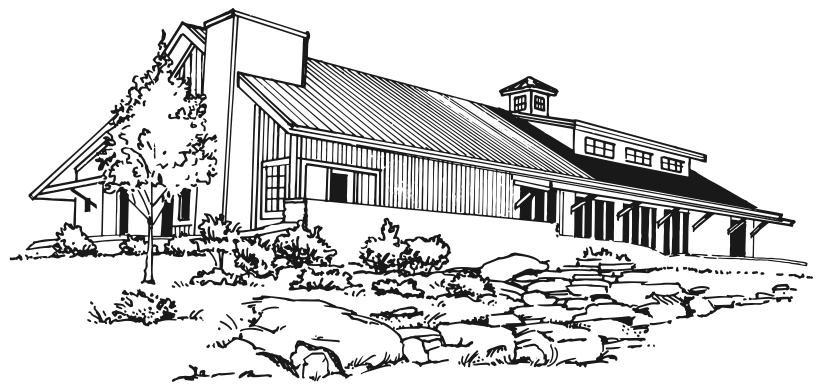The beginning of the Getting to Know Your Novel workshop was all fun and games. The number-one rule that our leader, Sarah Aronson, had was to put down our manuscripts and PLAY.

And play we did. Sarah and guest instructor Cori McCarthy gave detailed lectures on outlining, incorporating tangible objects into our work, and other great topics. Along with the lectures, each week we had two or three writing exercises (“play”) to help us explore our characters. We wrote letters from our antagonist to our readers (or, in my case, an apology to my protagonist). We explored white space in quick dialogue drills and tone in longer scenes.
Sarah talked at length about character misbeliefs. I found this particularly helpful in exploring my main character. It was like peeling an onion back, or maybe, in the case of my poached-egg-obsessed protagonist, like cracking the shell. Sarah noted, “A misbelief is not a fatal flaw. It’s not a wound. I like this way of thinking. Yes, people have flaws!!! That’s different!!! A misbelief can definitely make a flaw worse. But a misbelief feels more alive. It’s the JUICE of the story. The misbeliefs are a window to the story. Everything in the plot must make the character struggle internally.”
Yes, she used that many exclamation marks, because that is how excited Sarah is about her writers getting the struggle onto the page. I write all of this now to say, we had fun. We played. We explored. And then Sarah dropped the hammer.
It was time to do the work. Revision. We have a few weeks off from the online component before our retreat at the Foundation. Sarah asked that we provide her team with three things:
- 50 pages and a synopsis for Sarah and Cori
- 15 pages and a synopsis for Mary Winn Heider and Laura Sibson
- 5 pages and a synopsis for Emma Dryden, visiting editor
You see the pattern: pages + synopsis.

So, what the heck is a synopsis?
But first, what is it not?
It’s not a query or cover letter.
It’s not a summary or book proposal.
It’s not a pitch. It’s not fun.
Maybe I should scratch that last one, because opinions have no place in the synopsis.
A synopsis doesn’t give personal information about the author. (That goes in your query.)
It does not include comp titles. (Again, look to your query letter for that.) It does not include back story, minor points, or minor characters.
It is nice to know what shouldn’t go into the synopsis because most readers (agents, editors, or teachers) want the synopsis to fill only one to two pages. Think of all the space we’ve saved leaving out the aforementioned.
It should be noted that agents and editors will typically give you the format they would like you to use with your synopsis, specifying page length, font size, spacing, and at times, whether or not to include the ending. (Most want to see the resolution, but always check the agent or editor preferences.)
A synopsis should give the reader (agent, editor, or teacher) a complete picture of what happens in your book. The synopsis focuses on the main character’s emotional arc and the main plot points of the story.
Here are a few tips to keep in mind when writing a one-page synopsis:
- Start with the character that we are supposed to care the most about, and reveal their conflict or goal.
- By the end of the first paragraph in your synopsis, we should know your main character, their goal, the stakes to your character not achieving this goal, and the setting.
- Next, reveal the major events. Do so while weaving in the emotional stakes and the ways that your main character’s feelings change.
- A synopsis can include character feelings and opinions. We don’t care (at this point) (sorry) how you, the writer, feel about your story; we want to read about the changing emotions of your main character(s).
- Finally, tell both the internal and external resolutions (unless noted otherwise by your editor or agent).
Resources:
The one and only Jane Friedman: Writing a Synopsis with Examples







